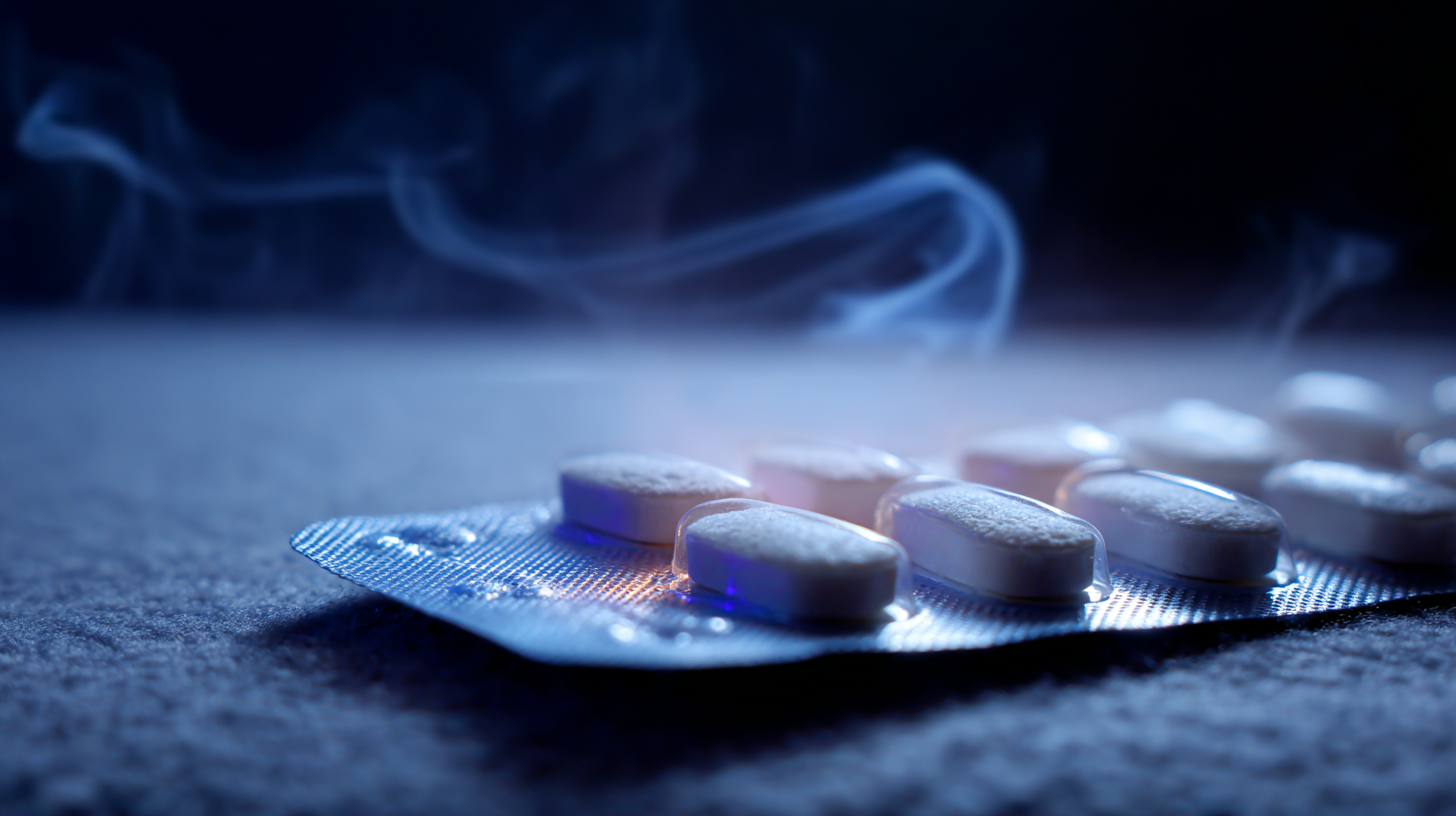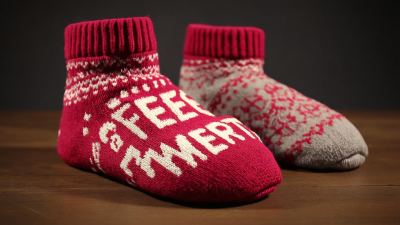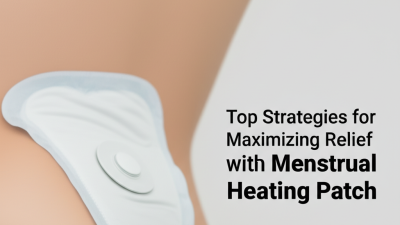In recent years, the quest for effective pain relief has led to the growing popularity of innovative solutions like the Heating Patch. These versatile patches are designed to provide soothing warmth to specific areas of discomfort, making them an essential tool for those seeking both relief from pain and enhanced overall comfort. This article will delve into the science behind heating patches, exploring how they work to alleviate pain through the principles of thermotherapy. By understanding the mechanisms that underpin their effectiveness, we can appreciate why heating patches have become a go-to option for individuals dealing with muscle strains, menstrual cramps, and chronic pain issues. Join us as we unlock the secrets of these remarkable patches and discover practical tips on how to use them effectively to maximize their benefits.

Heating patches are becoming increasingly popular in pain management, providing therapeutic heat that alleviates discomfort efficiently. These patches typically employ materials like iron powder, which undergo an exothermic reaction when exposed to oxygen, generating consistent warmth over an extended period. According to a report by the National Institutes of Health, heat therapy can increase blood flow and enhance tissue elasticity, promoting faster healing and muscle relaxation, which are essential for pain relief.
Moreover, the efficacy of heating patches is further supported by clinical studies demonstrating their impact on chronic pain conditions. A study published in the Journal of Pain Research found that individuals using thermal patches experienced a 30% greater reduction in pain compared to those who relied solely on pharmacological treatments. This highlights the importance of integrating non-invasive methods like heating patches into pain management strategies, offering patients a practical solution that focuses on comfort and recovery without the side effects commonly associated with medications. As the demand for alternative pain relief options grows, understanding the science behind heating patches becomes crucial for both consumers and healthcare providers alike.
Heating patches have become a popular solution for pain relief, and understanding their chemistry is crucial to appreciating how they work. These patches typically contain active ingredients like iron powder, activated carbon, and salt, which, when combined with oxygen from the air, create an exothermic reaction. According to a study published by the National Institutes of Health, this process can generate heat ranging from 40 to 60 degrees Celsius, effectively soothing sore muscles and joint pain.
Aside from traditional heating components, many patches also incorporate additional ingredients such as menthol or capsaicin. These compounds not only provide a warming sensation but also enhance blood circulation to the affected area, promoting faster healing. Data from the American Pain Society indicates that the use of topical analgesics like heating patches can improve pain scores by as much as 30% in certain patient populations.
**Tips:** When using heating patches, apply them to clean, dry skin for optimal adhesion and effectiveness. Be mindful of the duration; most patches are designed for up to 8 hours of use. For maximum comfort, ensure the patch is positioned directly over the area of pain for targeted relief.
 Heating patches are a popular choice for pain relief, providing a convenient and effective method for alleviating discomfort. To maximize their benefits, it’s essential to follow best practices. First, ensure that the area of application is clean and dry. This not only enhances adhesion but also allows for better heat distribution. Applying the patch directly to the skin, rather than through clothing, allows for optimal heat transfer, effectively easing muscle tension and improving circulation in the targeted area.
Heating patches are a popular choice for pain relief, providing a convenient and effective method for alleviating discomfort. To maximize their benefits, it’s essential to follow best practices. First, ensure that the area of application is clean and dry. This not only enhances adhesion but also allows for better heat distribution. Applying the patch directly to the skin, rather than through clothing, allows for optimal heat transfer, effectively easing muscle tension and improving circulation in the targeted area.
Timing is also crucial when using heating patches. Most patches are designed for extended use and can provide relief for several hours. It’s advisable to apply them for no more than the recommended time to avoid skin irritation. Moreover, combining heating patches with gentle stretching or light activity can enhance their effectiveness. Always listen to your body; if discomfort occurs, remove the patch immediately. By integrating these best practices, individuals can significantly improve their experience and enjoy the soothing benefits that heating patches offer for pain relief.
When using heating patches to relieve pain, safety should always be a top priority. First and foremost, it’s crucial to follow the manufacturer’s instructions regarding application and duration. Most heating patches are designed for a specific time limit, typically no longer than 8 hours, to prevent skin burns or other injuries. Users must apply the patch to clean, dry skin, avoiding areas with open wounds or rashes to minimize the risk of irritation.
Additionally, individuals with certain medical conditions, such as diabetes or circulatory problems, should consult healthcare professionals before using heating patches. These patches can inadvertently exacerbate underlying issues, particularly if sensitivity to heat is present. Monitoring the skin for any adverse reactions during use is essential; if redness, discomfort, or blistering occurs, the patch should be removed immediately. By adhering to these guidelines, users can enjoy the soothing benefits of heating patches while minimizing the risk of injury.
| Feature | Description | Safety Guidelines |
|---|---|---|
| Heat Source | Heating patches typically use a chemical reaction to generate heat. | Do not apply directly on broken skin or wounds. |
| Temperature Range | Most patches provide heat between 104°F to 158°F (40°C to 70°C). | Always monitor the skin for excessive redness or irritation. |
| Usage Duration | Most patches are designed for 8-12 hours of use. | Remove the patch immediately if you feel discomfort. |
| Common Uses | Muscle aches, menstrual cramps, arthritis pain relief. | Consult a healthcare provider before using if pregnant or with chronic conditions. |
| Disposal | Used patches should be disposed of as per local waste regulations. | Ensure the patch is cool before disposal. |
The comparative analysis of heating patches against other pain relief methods reveals their burgeoning potential in the global pain management market. According to a recent report by Custom Market Insights, the global heating pad market is projected to reach a worth of USD 220 million, highlighting the increasing consumer preference for non-invasive pain relief solutions. Heating patches, known for their ability to provide localized warmth, enhance comfort by promoting blood flow and alleviating pain associated with conditions like muscle strain and menstrual cramps, making them a favored choice among individuals seeking immediate relief.

When evaluating heating patches against alternatives such as transdermal buprenorphine and fentanyl for cancer pain or various neuropathy treatments, the convenience and ease of use offered by heating patches stand out. While buprenorphine patches are effective in managing chronic pain due to their extended-release formulation, occasional users may prefer the on-demand application of heating patches for targeted relief. Furthermore, studies have shown that for conditions like Meibomian Gland Dysfunction, warm compresses—akin to heating patches—support better gland function, further affirming the efficacy of heat-based therapies in diverse pain management scenarios.






